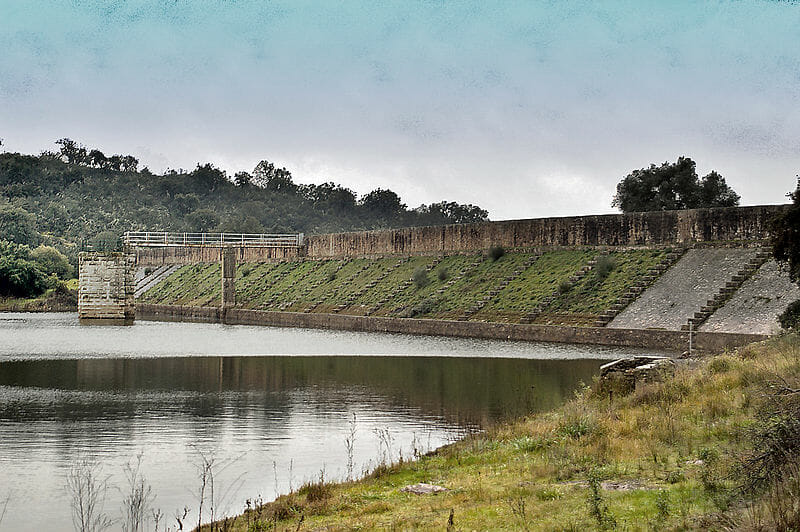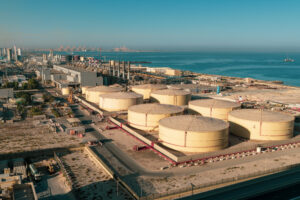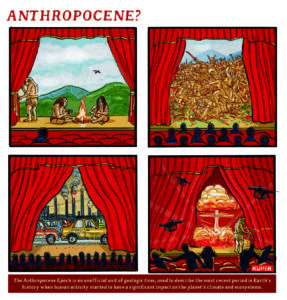3 Degrees of Warming Could Double Europe’s Drought Risk
Research suggests that the worst droughts will last three to four times longer than they did in the last decades of the last century. Wikimedia Commons
Wikimedia Commons
If average global temperatures rise by just 3°C [5.4 F], then Europe’s drought risk could increase to double the area faced with drying out. Right now, just 13% of the continent can be counted as a drought-prone region. As the thermometer soars, this proportion could rise to 26%.
And 400 million people could feel the heat as the water content in the European soils begins to evaporate. The worst droughts will last three to four times longer than they did in the last decades of the last century.
The number of months of drought in southern Europe could increase significantly. In this zone drought is already measured over 28% of the land area: this could, in the most extreme scenario, expand to 49%.
Iberian Extreme
“In the event of a three-degree warming, we assume there will be 5.6 drought months per year; up to now, the number has been 2.1 months. For some parts of the Iberian peninsula, we project that the drought could even last more than seven months,” said Luis Samaniego, of the UFZ Helmholtz Centre for Environmental Research in Germany.
His co-author Stephan Thober added: “A three-degree temperature rise also means that the water content in the soil would decline by 35 millimetres up to a depth of two metres. In other words, 35,000 cubic metres of water will no longer be available per square kilometre of land.”
The two scientists, with colleagues from the UK, the US, the Netherlands and Czechoslovakia, report in Nature Climate Change that they used mathematical models to simulate the effect of temperature rise as a response to ever-greater global emissions of greenhouse gases into the atmosphere, from the combustion of fossil fuels.
The 35mm loss of water was roughly what parts of Europe experienced during the unprecedented drought of 2003. If planetary temperatures do rise by 3°C, then such episodes could become the normal state in many parts of Europe, and far worse could be on the way.
Once again, none of this will come as a shock to other climate scientists, who have repeatedly warned that the cost of not confronting the menace of climate change could be huge in terms of lives lost, forests burned and harvests ruined.
Europe’s cities could become uncomfortably and even potentially lethally hot, and the southern nations of the Mediterranean could face devastating heat and drought.
But such droughts are not inevitable, nor likely across the whole of Europe. The Baltic states and Scandinavia could experience higher rainfall in a warmer world. The same simulations found that – were the world to achieve the 1.5°C global warming limit which 195 nations agreed upon at the Paris climate summit in 2015 – then the Mediterranean region would experience only 3.2 months of drought. And water loss in the top two metres would be only about 8 millimetres.
Your support matters…Independent journalism is under threat and overshadowed by heavily funded mainstream media.
You can help level the playing field. Become a member.
Your tax-deductible contribution keeps us digging beneath the headlines to give you thought-provoking, investigative reporting and analysis that unearths what's really happening- without compromise.
Give today to support our courageous, independent journalists.






You need to be a supporter to comment.
There are currently no responses to this article.
Be the first to respond.